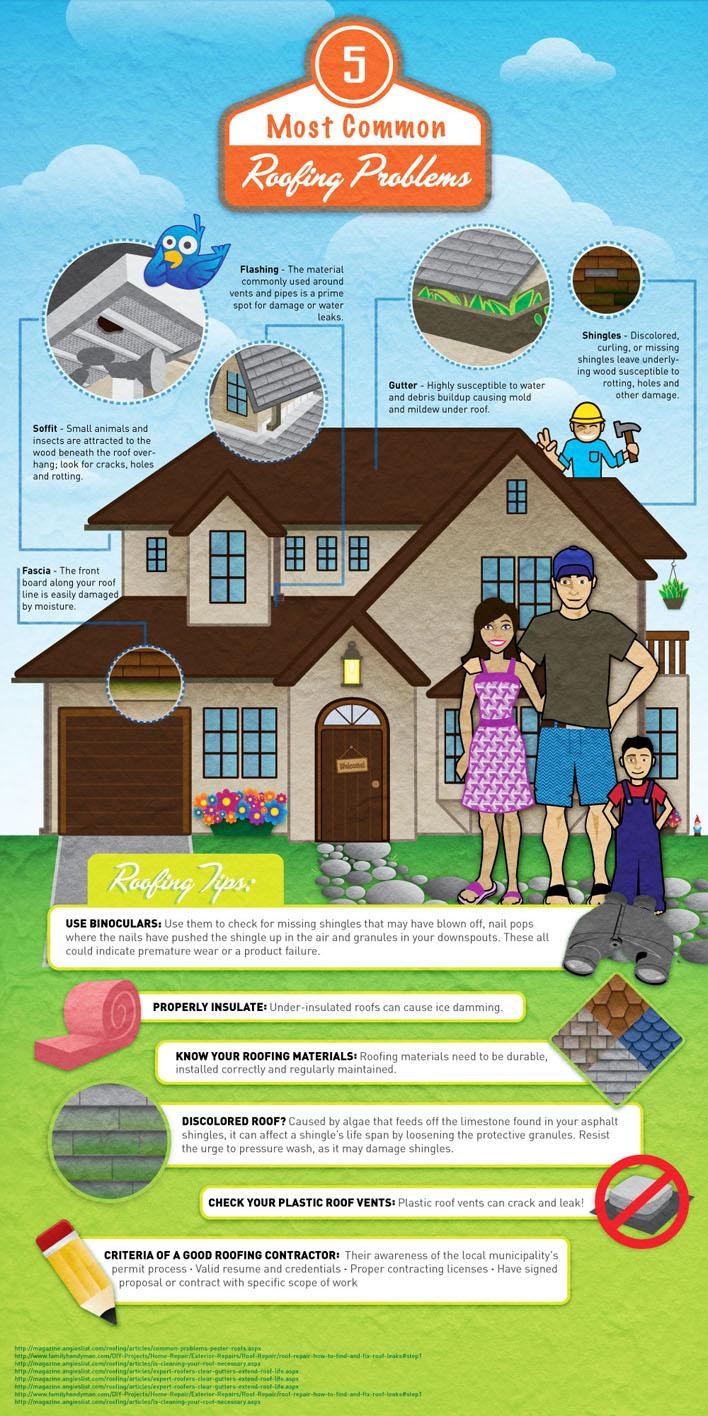Normal Roof Installation Errors And Tips For Avoiding Them
Normal Roof Installation Errors And Tips For Avoiding Them
Blog Article
Post Author-Lee Snow
When you're planning a roof installation, it's very easy to ignore critical details that can result in substantial troubles down the line. You may be tempted to reduce corners on material choice or miss correct flashing setup, yet these common blunders can result in costly repair work later on. Recognizing the significance of ventilation and sticking to regional building codes is essential for a successful task. So, what are the crucial steps you should require to ensure your roofing stands the test of time? Let's explore Get Source to avoid these pitfalls.
Poor Product Choice
When it pertains to roofing system installment, selecting the wrong materials can cause costly problems down the line. You may assume that any type of roof material will do, yet that's a typical misconception. It's vital to choose products that suit your regional environment and the particular demands of your home.
For instance, if you reside in a location with hefty rainfall or snow, choosing asphalt roof shingles may not be the best choice. Rather, think about more resilient choices like steel or slate.
Additionally, take notice of the top quality of the materials you're taking into consideration. Inexpensive products could save you money upfront, but they usually lack longevity and can lead to constant repair work or replacements.
You should likewise think of the style of your home and make certain the products you pick will maintain its visual appeal.
Ultimately, don't forget to talk to experts. They can give valuable understandings and recommend products that comply with neighborhood building codes.
Investing time in proper product choice currently can help you prevent migraines and expenditures in the future, making your roof covering job a success.
Inadequate Flashing Installment
Selecting the ideal materials isn't the only variable that can bring about roofing problems; poor blinking setup can likewise create significant issues. Flashing is vital for routing water away from susceptible locations, such as smokeshafts, skylights, and roof valleys. If it's not installed effectively, you take the chance of water breach, which can lead to mold and mildew growth and structural damages.
When you mount flashing, guarantee it's the best type for your roof covering's design and the neighborhood environment. For instance, steel flashing is usually extra long lasting than plastic in locations with heavy rainfall or snow. Make certain the blinking overlaps appropriately and is protected snugly to prevent voids where water can seep through.
You need to additionally pay attention to the setup angle. Blinking should be placed to guide water away from your home, not toward it.
If https://www.bdcnetwork.com/blog/metal-roofing-provides-exceptional-fire-resistance 're not sure regarding the installment procedure or the materials needed, consult an expert. They can help identify the very best flashing choices and make sure everything is set up correctly, protecting your home from possible water damages.
Taking these steps can conserve you time, money, and frustrations down the road.
Neglecting Ventilation Demands
While numerous home owners focus on the visual and architectural elements of roofing system installation, overlooking air flow requirements can lead to significant long-lasting consequences. Proper air flow is necessary for regulating temperature and moisture levels in your attic, stopping issues like mold and mildew growth, timber rot, and ice dams. If you don't mount appropriate ventilation, you're establishing your roofing system up for failing.
To avoid this blunder, initially, analyze your home's specific ventilation demands. A balanced system commonly includes both intake and exhaust vents to advertise air flow. Guarantee you've set up soffit vents along the eaves and ridge vents at the optimal of your roofing system. This mix allows hot air to get away while cooler air gets in, keeping your attic space comfortable.
Also, consider the kind of roofing product you've selected. Some products might require added ventilation methods. Verify your neighborhood building codes for ventilation guidelines, as they can differ significantly.
Finally, don't forget to evaluate your air flow system regularly. Obstructions from particles or insulation can impede airflow, so maintain those vents clear.
Verdict
To conclude, avoiding typical roofing system installation blunders is key to ensuring your roofing's durability and effectiveness. By picking the best materials for your climate, mounting blinking correctly, and dealing with air flow needs, you can protect against expensive problems in the future. Do not forget to acquaint on your own with regional building codes and timetable normal evaluations. With these actions, you'll appreciate a risk-free, resilient roof covering that secures your home for many years to find. Happy roof covering!
